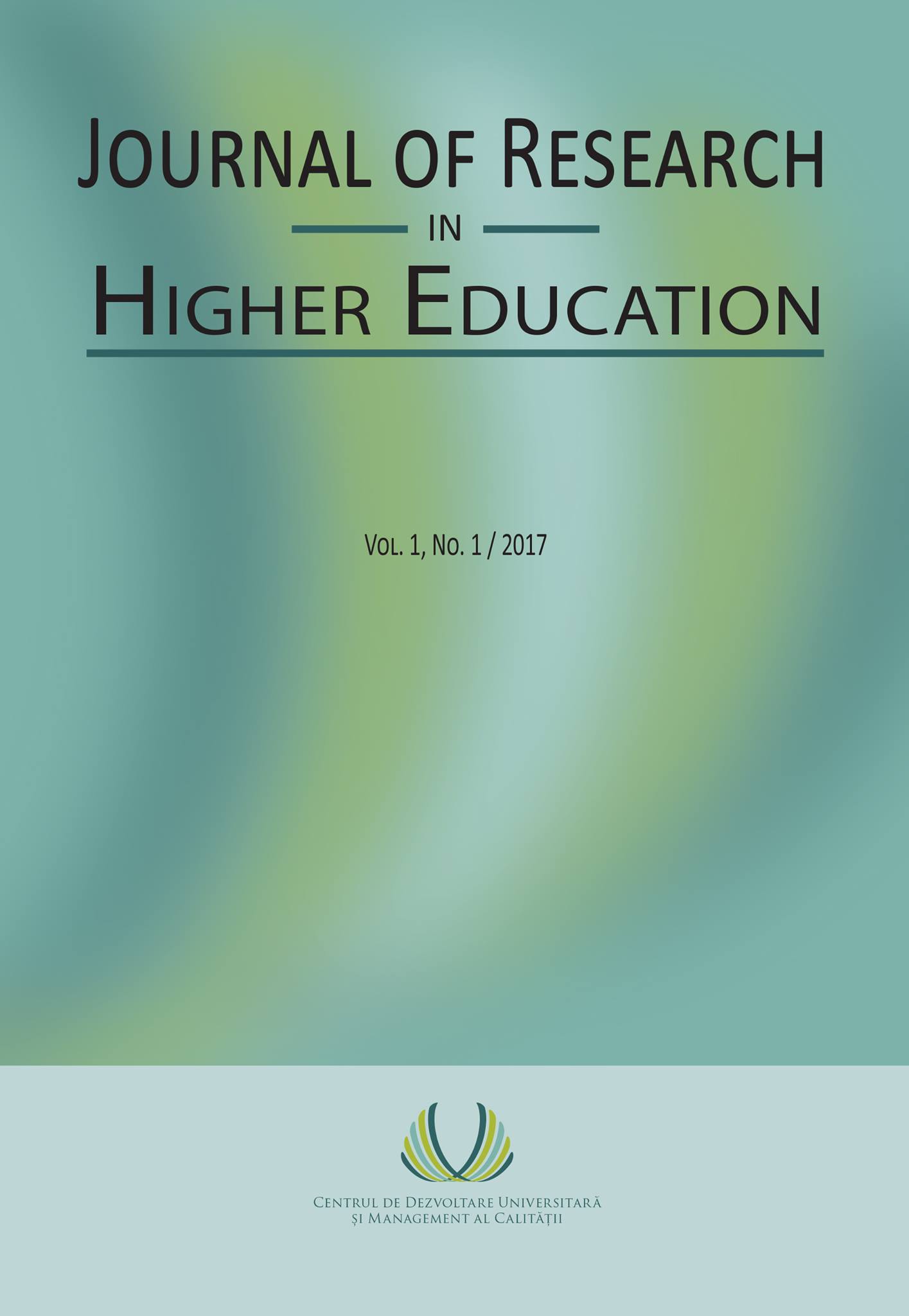Revisiting the Organisational Identification Assessment from a Managerial Perspective: A Case Study on a Romanian Public University
Revisiting the Organisational Identification Assessment from a Managerial Perspective: A Case Study on a Romanian Public University
Introduction. Antecedents and forms of Organisational Identification. Methodology. Results and Discussion. Conclusions
Author(s): Simona Mălăescu, Dan Chiribuca, Sonia Pavlenko, Adriana Şerban, Oana Mihaela Tămaș, Anamaria BogdanSubject(s): Education, Higher Education , Educational Psychology, Sociology of Education
Published by: Universitatea Babeş-Bolyai
Keywords: organizational identification; human resources; higher education;
Summary/Abstract: Although there is a large body of literature on organizational identification (OID), in recent years few of them have addressed the higher education context, mostly on student’s identification and rarely on the identification of academic and research staff. Of these, their main focus is usually on different constructs, exploring OID in its role as mediator/moderator of these organizational issues and most often only one form of OID is acknowledged. The theoretical progress is evident, the essential necessity for large organizations to foster a sense of oneness in employees is acknowledged. However, from a managerial perspective, the issues of how many or which antecedents should be nurtured in this context in order to obtain results and the doubtful adaptability of considering just one form of OID are almost a decade old. This paper presents and discusses the results of a survey carried out on 1072 academics and researchers from Babes-Bolyai University, Romania. By assessing three forms of OID (OID, ambivalent identification and neutral identification) and certain relevant antecedents in the case of a large public university, the study addresses a gap in recent literature. Results are consistent with the Extended Model of Organizational Identification and strengthen the need to acknowledge the operational importance of ambivalent and neutral identification from a managerial perspective in the case of higher education employees. Theoretical contributions and practical implications of results are also discussed.
Journal: Journal of Research in Higher Education
- Issue Year: I/2017
- Issue No: 1
- Page Range: 55-92
- Page Count: 38
- Language: English

